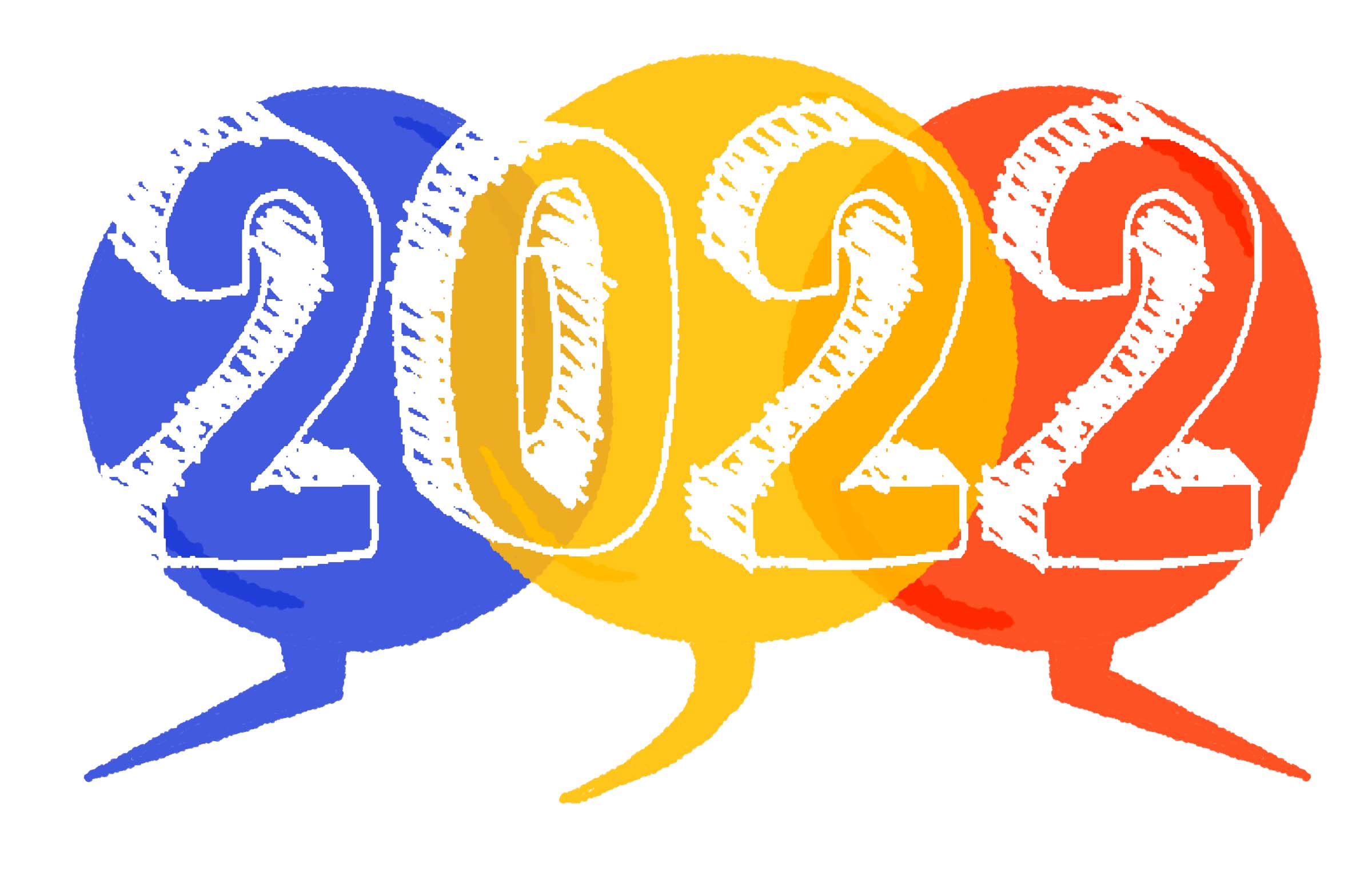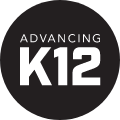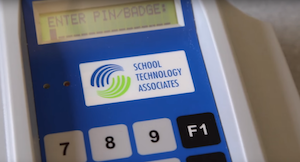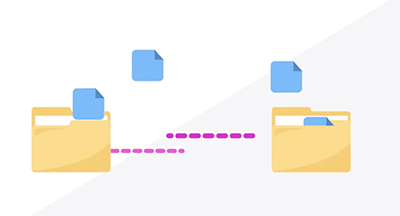
Some people may have tired of the phrase “new normal,” but it’s an admittedly accurate description of what was established in 2021. Here’s what education leaders are dealing with and will be talking about as we enter another year affected by the pandemic, but less controlled by it.
Retention and meeting teachers’ needs
Even as technology has taken over more and more jobs traditionally performed by people, teachers have remained irreplaceable in the classroom. So when 54 percent of teachers report feeling “somewhat likely” or “very likely” to leave teaching in the next two years—20 percent more than in pre-pandemic 2019—what are schools to do?Districts are taking two primary courses of action. One is offering teachers something they want, something they deem worth staying for. The most common form of this incentive? A pay raise. It’s simple, but it works; 57 percent of teachers say a salary increase would make them less likely to leave. But not every district can shell out several extra grand every payroll.
That leaves course of action number two: instead of offering teachers something they want, districts are looking to take away what makes teachers’ jobs burdensome.
Teachers became teachers because they want to teach, not use new products and certainly not enter data into computer systems. (Actually, it’s these sorts of tasks that are likely to make teachers want to quit.) Consequently, some district leaders are considering how they can reimagine their existing tools to solve their evolving needs. Not only would this save money, which can be reinvested in salaries, but it would also spare teachers the headaches that too often accompany learning new systems.
There’s no single answer for keeping teachers in the classroom, but higher teacher pay and more thoughtfully applied edtech are two pieces of the puzzle that will be discussed this year.
Bonus resource: How Edtech and Culture Work Together to Retain Teachers
Scores and standardized tests
For years, the education community has been divided on the value of standardized tests—whether they’re truly representative of learning or whether they simply indicate whether students are good at taking tests. In reality, they’re probably somewhere in between . . . flawed, but not entirely worthless.This longstanding conversation is being unearthed again. The reliability of last year’s tests was particularly questioned because—like everything else—standardized testing was disrupted, potentially distorting the results. Throughout the country, experts say the results range from “virtually useless” to requiring “thoughtful analysis” to be insightful and useful.
The stakes are high. As Scott Marion, executive director of the National Center of Education Assessment put it, “Bad data is worse than no data, because people will still make decisions based on bad data.” Leaders are looking to standardized test results to measure the COVID slide, and, going forward, to determine if it’s just a COVID slide or a long-term trend. What they find could affect school funding.
What will next year bring? Answers? Or simply more data and more questions? We’ll have to wait and see, but one thing is certain: this topic of conversation won’t be going away anytime soon.
Bonus resource: Test Scores: The RBI of Student Data
Hybrid and remote learning
It’s official—hybrid learning and eLearning have solidified their place in 21st-century education.The pandemic showed that learning really can happen anywhere. Students and parents have seen the potential in this method of schooling and are demanding greater access to remote options. But even though most schools took part in eLearning at one point, that doesn’t mean all the wrinkles have been ironed out. Now that schools are beyond “survival mode,” many are starting to take a closer look at their processes.
What’s needed to make eLearning and hybrid learning happen at scale, in a way that doesn’t sacrifice any learning? Ultimately, strong edtech infrastructure designed to be accessed securely from anywhere.
There’s good news on the broadband front: financial help is likely on the way in the form of an infrastructure bill. This government assistance is a good step toward closing the “homework gap,” or the difficulty some students—especially poor, minority, and rural students—have in completing their online assignments due to a lack of connectivity.
This brings up another important factor: equity. In addition to equal opportunity across all backgrounds, equity also means equal opportunity across learning mediums. Students who are learning remotely and asynchronously need the same level of access to their teacher and discussions as the students sitting in the classroom.
Finally, security will be top of mind as districts work out the best ways to provide learning resources to students everywhere. From carefully monitoring cloud applications to implementing multi-factor authentication to educating students and staff on cybersecurity best practices, there will be plenty of talk about securing remote learning environments.
The switch to eLearning wasn’t easy the first time, but now districts have the opportunity to refine their processes and grow from their mistakes.
Bonus resource: Making Blended Learning Accessible
Teacher retainment, standardized tests, and remote learning are just a few of the topics we’ll be following in 2022. We’re looking forward to bringing you all the latest education news and trends next year!
Follow-up resource: Come along for the ride
Subscribe and get 2022's coverage delivered right to your inbox. Extra kudos for forwarding to a colleague or three.WHAT'S NEXT FOR YOUR EDTECH? The right combo of tools & support retains staff and serves students better. We'd love to help. Visit skyward.com/get-started to learn more.

|
Advancing K12 Staff Edtech Thought Leaders |




